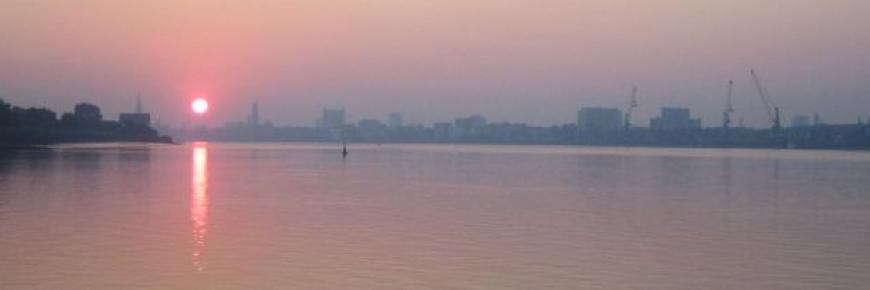Sefins
Read our brochure on alien species in estuaries here : EN | FR | NL !
SEFINS
SEFINS (Safeguarding the Environment From Invasive Non-Native Species) was an exciting new Cluster Project in the Interreg Two Seas Programme, working to better understand, manage and increase awareness of invasive non-native species (INS) across the Two Seas area.
The project clusters the techniques and results of two earlier Two Seas Projects – RINSE (Reducing the Impacts of Non-native Species in Europe; led by Norfolk County Council) and MEMO (Mnemiopsis Ecology and Modelling; led by the Flemish Institute for Agricultural and Fisheries Research).
These two projects focused on terrestrial and marine environments, respectively. SEFINS aimed to bridge the gap between both, taking a closer look at the estuarine environment in between.
SEFINS combined the scientific investigative approach of MEMO, with the community outreach techniques developed by RINSE, covering all of the habitats found within the estuarine zone. This expertise was shared with European stakeholders.
SEFINS also drew on the experience of the INVEXO project from the Interreg Flanders-The Netherlands Programme, on awareness-raising and management strategies for invasive species.
Learn more on these projects by reading this Special Focus 2 Seas Magazine (EN | FR | NL).
Non-native species in estuaries
In Europe, the mouths of rivers very often form hubs of recreational, industrial and residential activities, each of which is likely to bring in non-native species that may potentially develop into invasive species. Yet, estuaries and their surroundings have mostly been overlooked with regard to INS.
SEFINS took a closer look at alien species, their vectors and impacts in estuaries across the Two Seas area. SEFINS compiled baseline data of alien species currently present in estuaries, made additions through short-term monitoring schemes, piloted molecular early-warning tools, took a more detailed look at the risks of some particular (plant) species, and communicated these with stakeholders, as well as increasing awareness with the general public.
Four estuaries were selected across the Two Seas Area as primary study cases.

Project partners
Project tasks were carried out by five partners: NCC, ILVO, NVWA, INBO and CPIE. Read more on project partners and associated beneficiaries here.
SEFINS was an 18-month project ending in August 2015.



